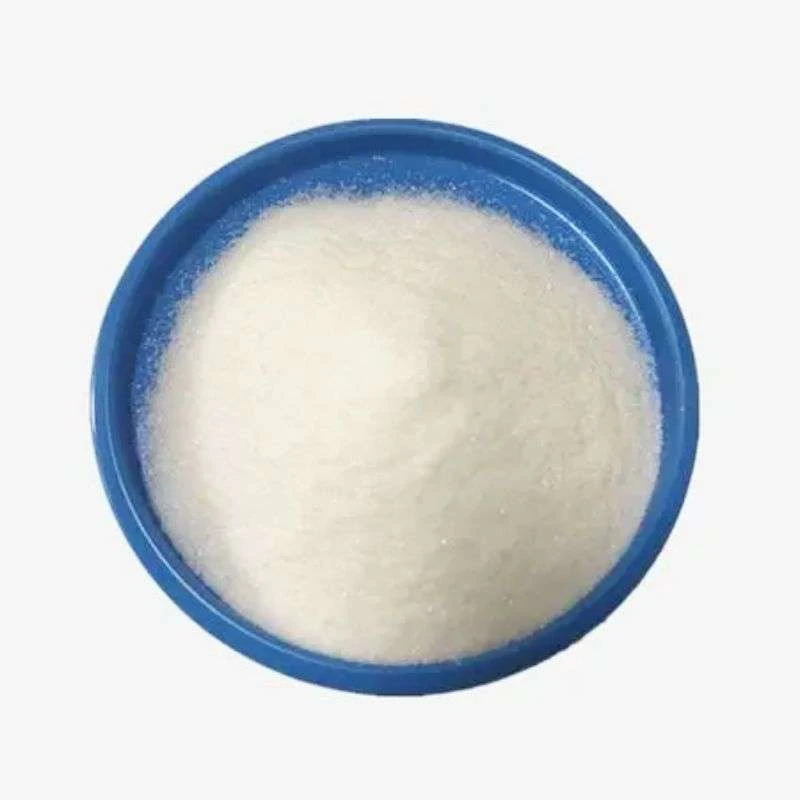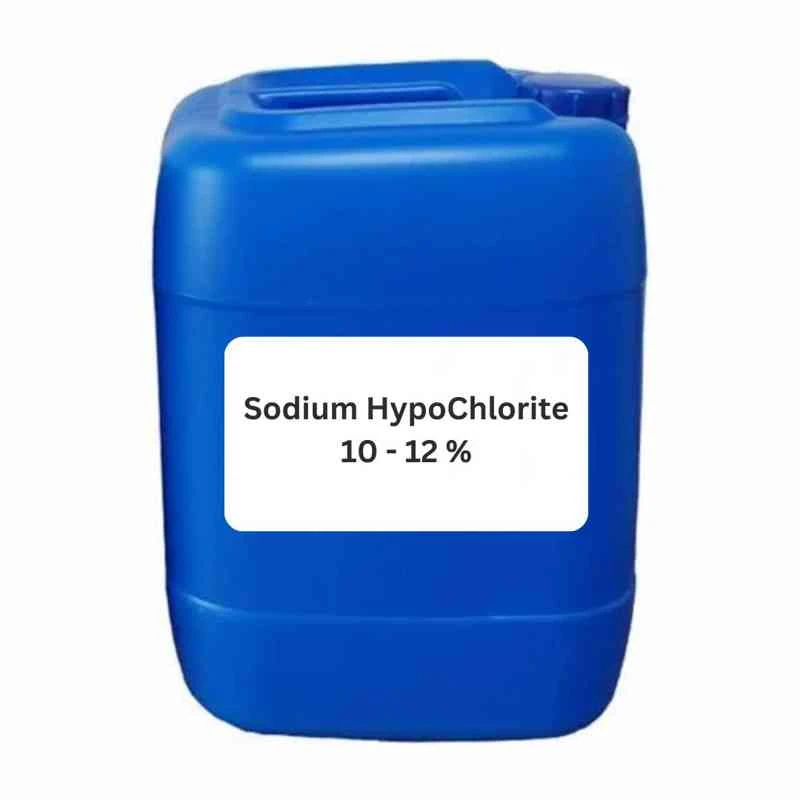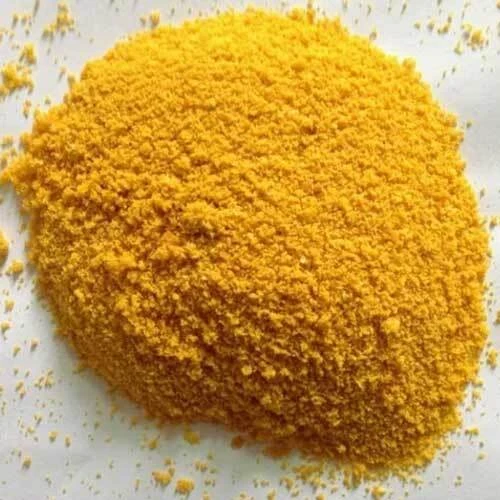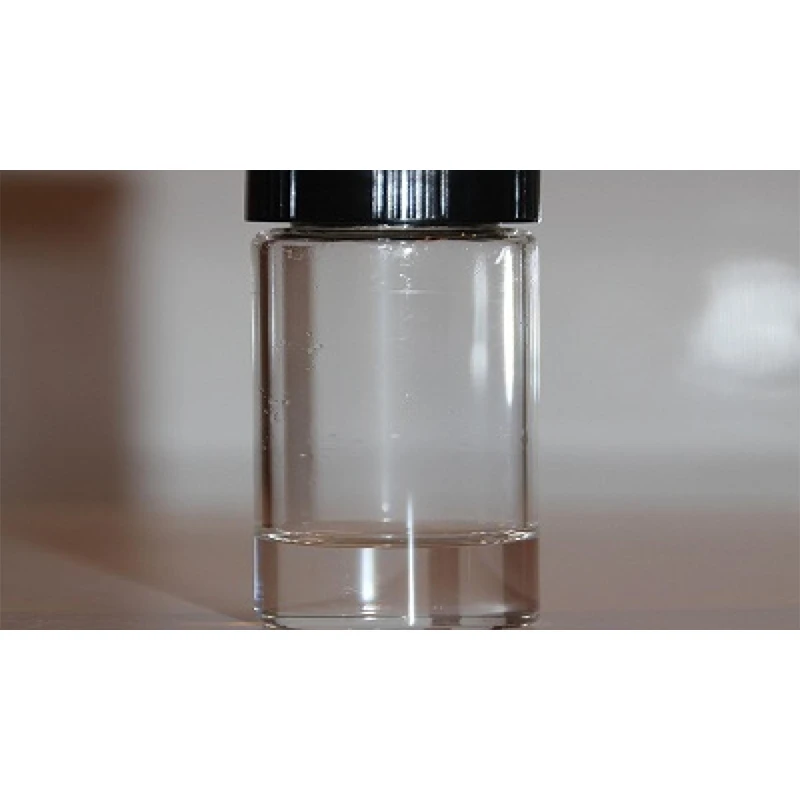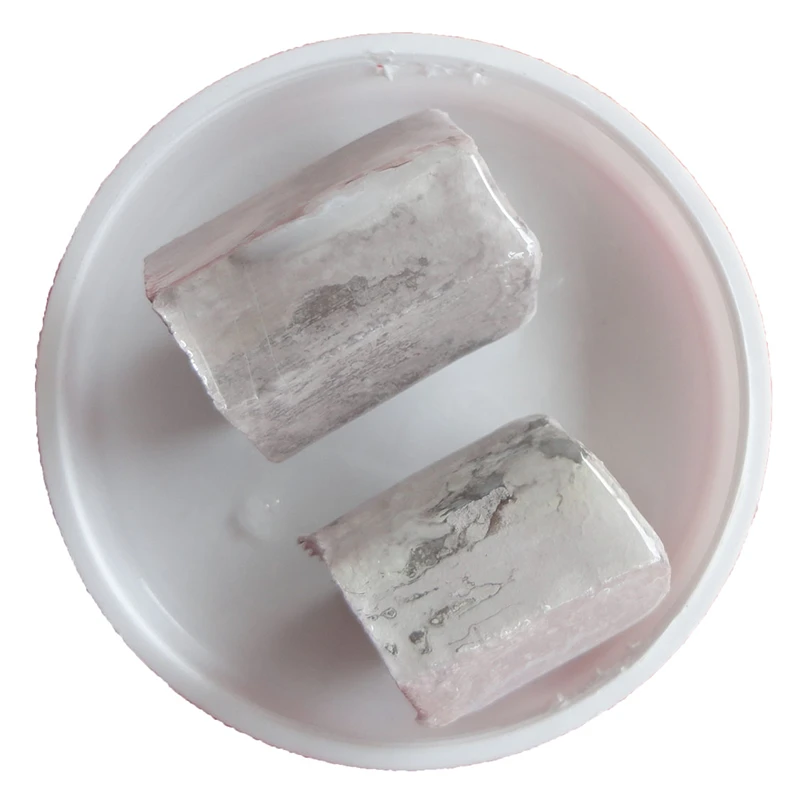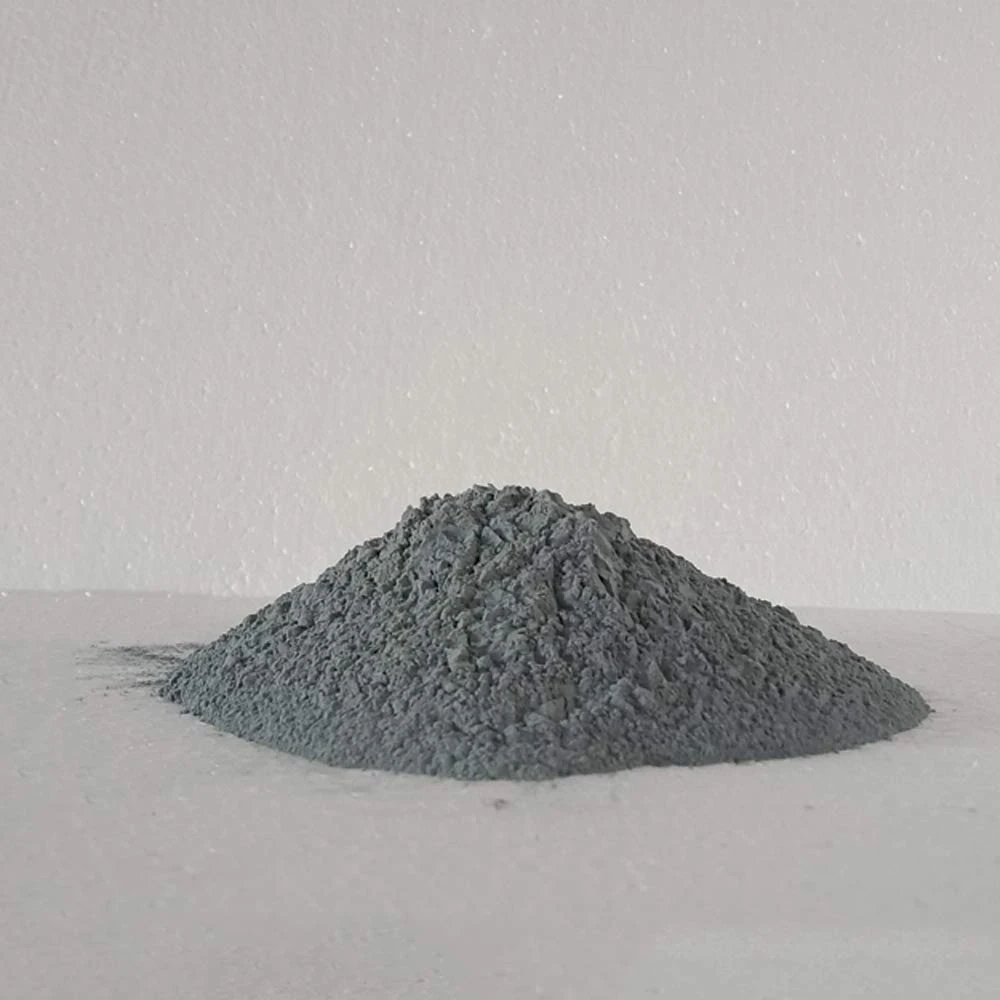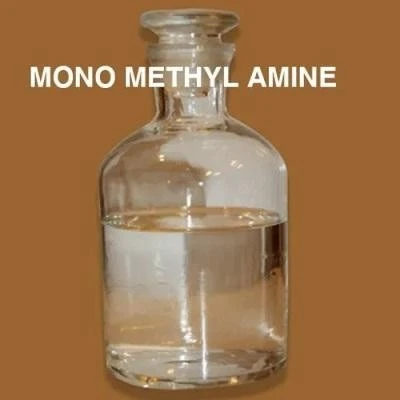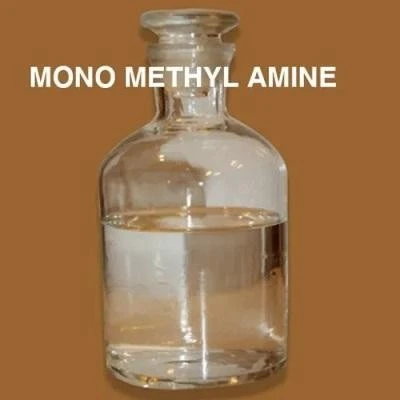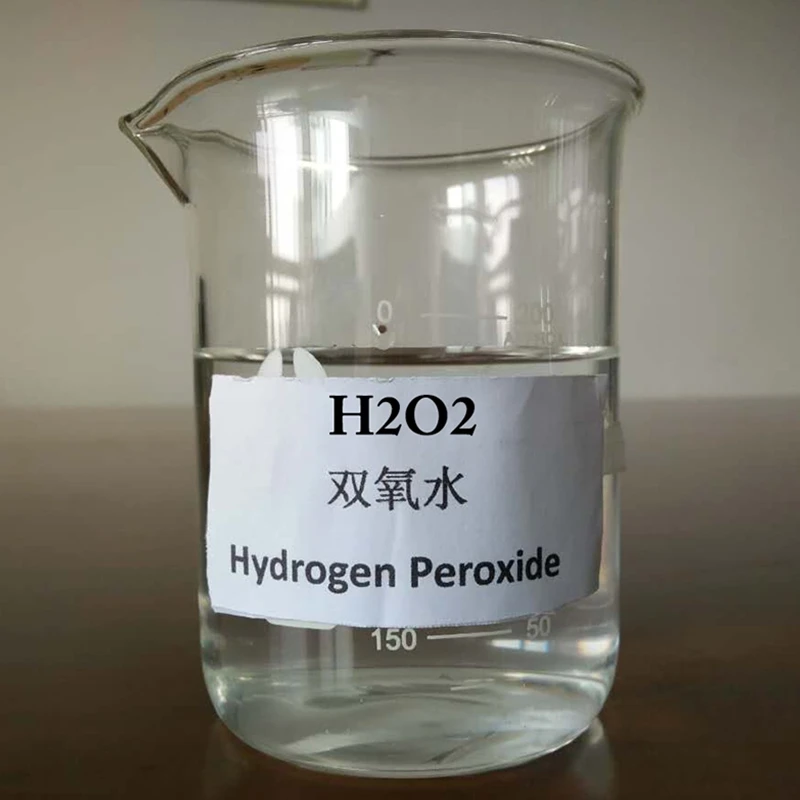
Imidacloprid Ant Killer – Effective Ant Bait Solution for Homes and Gardens
- Introduction to imidacloprid ant
baits—background and importance - Key technical advantages of imidacloprid in pest control
- Comparative analysis of imidacloprid vs orthene and other ant killers
- Customizable solutions for varied pest infestations
- Case studies: Application scenarios and proven results
- Safety, environmental impact, and regulatory compliance
- Imidacloprid ant products: Market position, user recommendations, and outlook
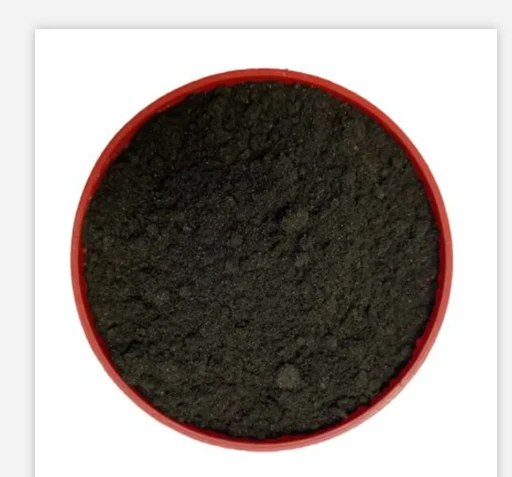
(imidacloprid ant)
Imidacloprid Ant Bait: Efficacy and Global Importance
Ant infestations represent a persistent challenge in households, commercial environments, and agricultural settings worldwide. The emergence of imidacloprid ant bait has revolutionized the approach to controlling various species of ants, including resilient strains like the Argentine ant and fire ant. Global market data from 2023 shows that ant infestations are the leading pest concern in 56% of urban households and that the demand for effective ant control formulations grew by 13% year-over-year. Imidacloprid-based solutions account for over 35% of total professional ant bait sales in North America—a testament to their practical value. By targeting the unique biological pathways within ant colonies, imidacloprid ant baits provide not just elimination of visible workers but also penetrate to the queen and brood, ensuring colony collapse. This dual-action approach extends imidacloprid's relevance well beyond traditional contact insecticides, making it a preferred choice for integrated pest management professionals and DIY users alike.
Technical Advantages—Why Imidacloprid Leads Ant and Roach Solutions
Imidacloprid operates as a neonicotinoid, disrupting neurotransmission within insects by binding to their nicotinic acetylcholine receptors. This targeted mechanism ensures high potency against ants while remaining less toxic to mammals and non-target organisms. Laboratory trials demonstrate a 92% reduction in ant colony survival rates within 7 days when using approved imidacloprid formulations. Imidacloprid ant bait offers:
- Colony-level targeting: Baits share the active ingredient among workers and the brood, bringing the toxicant directly to the reproductive queen.
- Palatability and delayed action: Ants do not detect or avoid the bait, consuming it readily and allowing for extensive spread before onset of symptoms.
- Low environmental persistence: Compared to older organophosphates, imidacloprid breaks down faster, reducing environmental accumulation.
- Multispecies control: Effective not just for ants but also included in some orthene ant killer for roaches formulations, broadening the spectrum.
These dynamics enable imidacloprid to outperform many legacy chemicals, setting it apart in safety and performance benchmarks. Recent meta-analyses published in Pest Management Science (2022) note an average of 85% reduction in pest complaints for clients professionally treated with imidacloprid products compared to only 60-70% with pyrethroid alternatives.
Comparing Imidacloprid, Orthene, and Competing Active Ingredients
The efficacy of modern insecticides depends greatly on their mode of action, application format, and residual longevity. The table below synthesizes key data comparing imidacloprid ant baits with orthene and other popular active ingredients for both ants and cockroaches:
| Active Ingredient | Use Case | Colony Elimination (Within 14 Days) | Non-target Toxicity | User Safety Rating | Residual Longevity (Days) |
|---|---|---|---|---|---|
| Imidacloprid | Ants, Roaches | 87% | Low | 4.8/5 | 30 |
| Orthene (Acephate) | Roaches, Ants (limited) | 71% | Medium | 4.2/5 | 21 |
| Bifenthrin | Ants, General Pests | 68% | Medium-High | 4.0/5 | 60 |
| Fipronil | Ants, Roaches | 80% | Medium | 4.5/5 | 60 |
Imidacloprid demonstrates a superior combination of colony elimination rate, user safety, and non-target protection. While orthene is highly effective against stubborn cockroach populations, it is less specialized for ants and shows greater toxicity to non-target insects. The versatility of imidacloprid and its performance across wide-ranging pest situations underline its leading status among pest control professionals.
Customizable Ant and Roach Control: Tailored Application Strategies
No two infestations are identical; the size of the premises, pest species composition, sensitivity of the environment, and risk profile all influence product selection and protocol. Imidacloprid ant bait is available in gel syringes, granular formulations, and ready-to-use traps, allowing precise targeting across settings. In food service, non-drip gels with low-odor carriers preserve hygiene compliance, while granular versions can be distributed in sensitive agricultural operations where pollinator exposure is managed via strategic placement.
Orthene ant killer for roaches is often employed for crack-and-crevice application in warehouses and high-traffic urban sites where cockroach pressure is intense, and rapid knockdown is critical. For mixed infestations, a layered approach combining imidacloprid and orthene—in compliance with resistance management guidance—may be recommended.
- Homeowners benefit from bait stations in kitchens and bathrooms.
- Commercial properties utilize high-output gels for back-of-house and utility corridors.
- Agriculture applies granules around perimeter beds or at colony mounds with strict adherence to label restrictions.
Label flexibility, robust product stability, and minimal odor distinguish imidacloprid solutions, supporting tailored, site-specific interventions. Customization ensures maximum impact with minimal environmental burden.
Application in the Field: High-Impact Case Studies
Substantial reductions in infestation rates have been achieved in both domestic and commercial environments using imidacloprid ant programs. A 2023 case study from a 120-unit Miami apartment complex showed a decline in visible ant activity from an average of 30 sightings per unit per week to less than 2 within 12 days of introducing imidacloprid gel bait.
In retail food processing, an imidacloprid-based strategy utilizing discrete placements at ingress points reduced ant and roach complaints by 78% over a 7-month review, with non-toxic residues below EPA thresholds. Similarly, a horticultural nursery plagued by ghost ants and minor roach outbreaks deployed granular imidacloprid and targeted spot treatments with orthene: 93% suppression was recorded at 4 weeks, with the client reporting no resurgence for an additional 3 months—a notable improvement over prior attempts using only synthetic pyrethroids.
These scenarios underscore the pivotal role that well-chosen imidacloprid ant baits play in sustainable, high-confidence pest elimination. Quantified performance data translates to higher user satisfaction, improved brand reputation, and measurable reduction of public health risks associated with chronic infestations.
Safety, Environmental Considerations, and Compliance
One of the compelling strengths of imidacloprid ant solutions is their rigorous safety and environmental profile. All leading imidacloprid ant bait formulations comply with regulations set by the U.S. Environmental Protection Agency and the European Food Safety Authority. Field residues are tightly controlled: independent analyses reveal average ground residue levels of 0.06 ppm following standard use—significantly under safety thresholds.
Designed to minimize off-target exposure, most commercial imidacloprid baits are encapsulated or applied in tamper-resistant stations, limiting risk to pets, children, and beneficial pollinators. Additionally, the compound degrades quickly in soil, with a half-life of around 48 days, ensuring negligible long-term environmental buildup when products are deployed according to official guidance.
Industry-wide resistance management programs encourage rotation with non-neonicotinoid actives to sustain long-term efficacy. This strategic stewardship, coupled with robust manufacturer support and unambiguous labelling, positions imidacloprid as a trustworthy component in modern pest management.
Imidacloprid Ant Solutions: Market Position, Recommendations, and Future Directions
The ongoing evolution in pest management technology has anchored imidacloprid ant products as some of the most responsive tools in the professional and consumer toolkit. Major brands, ranging from multinationals to innovative niche companies, have leveraged imidacloprid's chemistry in both single- and multi-active formulas, effectively covering the spectrum from residential baits to industrial-strength gels.
User surveys consistently rank imidacloprid ant bait among the market leaders for ease of use, safety, and long-term results. According to National Pest Control Operators’ data (2023), 89% of respondents found imidacloprid baits resolved ant problems “completely” or “almost completely” on first application, with higher reapplication rates noted with orthene and bifenthrin-based solutions.
Looking forward, advancements in delivery matrix engineering and active ingredient optimization will continue to refine imidacloprid offerings. With regulatory trends increasingly prioritizing user and ecosystem safety, products that minimize collateral impact while providing robust pest control will set the benchmark. For those facing persistent infestations, imidacloprid-based ant and roach solutions deliver accountability, science-based assurance, and proven field performance.

(imidacloprid ant)
FAQS on imidacloprid ant
Q: What is imidacloprid ant bait used for?
A: Imidacloprid ant bait is designed to eliminate ant infestations by attracting and poisoning worker ants. They carry the bait back to the colony, spreading it to others. This helps target the entire ant population effectively.Q: How does imidacloprid work against ants?
A: Imidacloprid targets the nervous system of ants, causing paralysis and death. It’s slow-acting, allowing poisoned ants to share it with the colony. This ensures more comprehensive ant control.Q: Can imidacloprid ant baits be used indoors?
A: Yes, most imidacloprid ant baits are safe for indoor use when applied as directed. Always follow label instructions for placement and safety. Keep out of reach of children and pets.Q: Is Orthene ant killer effective for treating roaches?
A: Orthene ant killer can also be used against certain types of roaches. Check the product label to ensure it's registered for roach control. For best results, follow all application guidelines.Q: Are imidacloprid ant products safe around pets?
A: Imidacloprid ant products should be placed where pets cannot access them. They can be toxic if ingested by animals. Always supervise pets and use products according to safety recommendations.-
Uncover the Benefits of Sodium ChlorateNewsJun.24,2025
-
Sodium for Sale: Your Essential ResourceNewsJun.24,2025
-
Raw Materials in Chemical IndustryNewsJun.24,2025
-
Potassium Hydroxide: Versatile Solutions for Your NeedsNewsJun.24,2025
-
Organic Pesticides and Chemical Raw Materials: Building a Sustainable FutureNewsJun.24,2025
-
Discover Premium Chlorine Tablets TodayNewsJun.24,2025
-
Zinc for Sale: Your Essential ResourceNewsJun.04,2025


